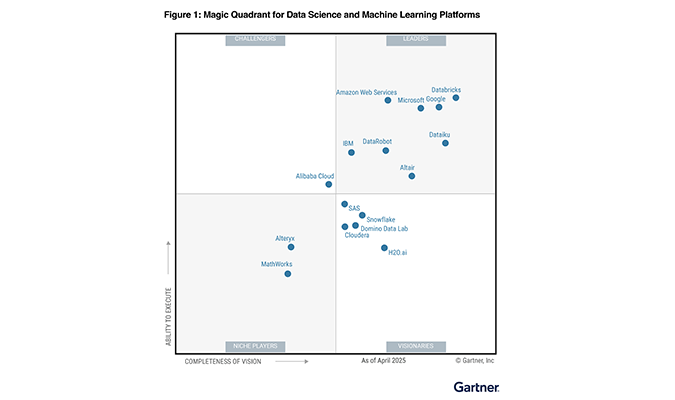
Knowledge Graphs and Enterprise Data Integration
Knowledge graphs are interconnected networks of data points that accurately model and represent data, down to individual values, and can incorporate trillions of nodes and relationships. Knowledge graphs have been around for years; major search engines and social networking sites use them to make the web more machine-readable for search, display, and advertising. In enterprises, knowledge graphs address challenges not fully addressed by cloud data platforms by integrating and querying complex data from diverse sources and formats.
Knowledge graphs improve the accuracy and utility of large language models (LLMs) for generative artificial intelligence (genAI) applications; forward-looking companies in the automotive, aerospace, healthcare and life sciences, financial services, and other industries make knowledge graphs central to their AI and data automation initiatives.
Contact UsEnable Your AI Fabric
Knowledge graphs are central to building comprehensive AI fabrics that utilize world-class graph and semantics technologies instead of relational tables or NoSQL approaches. They support the integration of disparate structured and unstructured data with business-facing ontologies that enable self-service data consumption and provide hyperefficient grounding context for AI models.
The Altair® RapidMiner® data analytics and AI platform includes knowledge graph-powered data integration capabilities and supports
cloud-native deployment modalities, low-code/no-code workflows, and seamless integration with the Altair portfolio of products for downstream analytics, reporting, AI modeling,
and simulation and engineering applications.
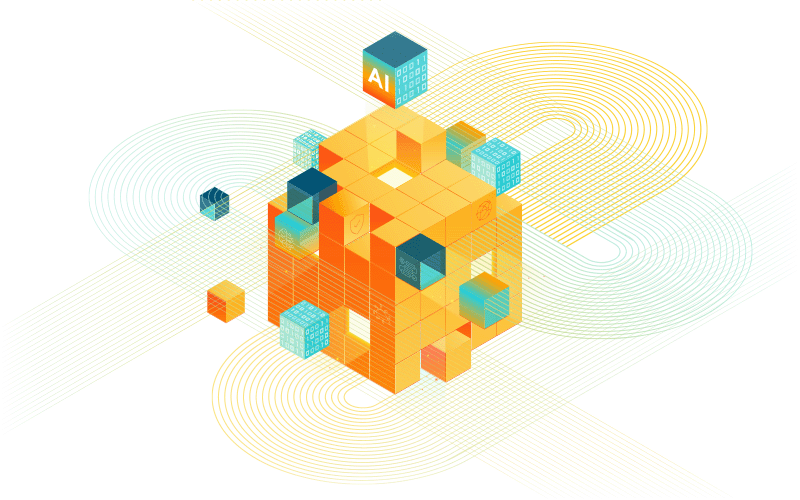
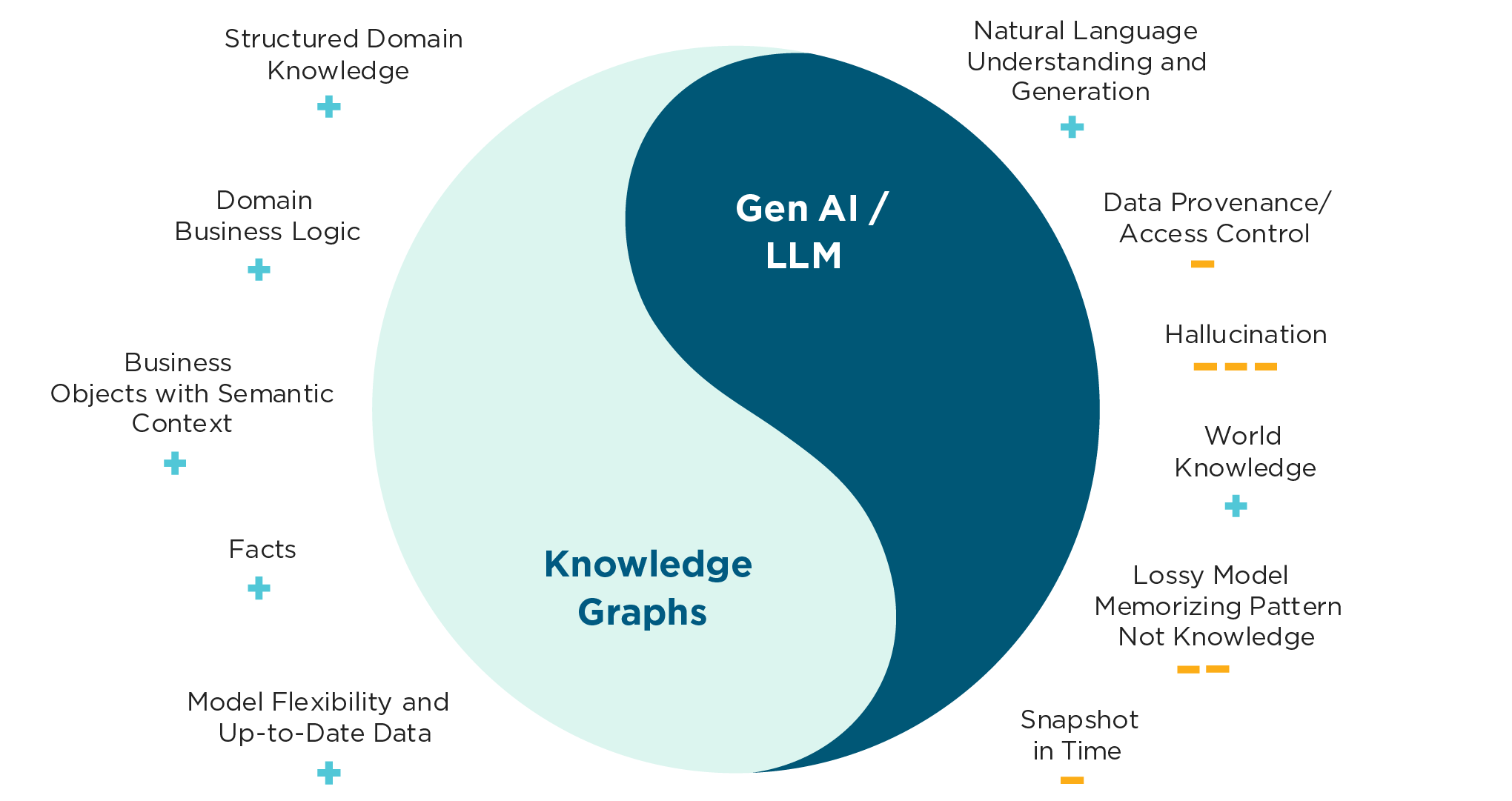
Improve the Accuracy and Explainability of GenAI Applications
Knowledge graphs constrain LLMs to the most relevant and accurate data, reduce hallucinations, and provide users with comprehensive access to enterprise data for richer responses and analytics. They enable organizations to implement graph retrieval-augmented generation (Graph RAG or GRAG) techniques, which combine the strengths of knowledge graphs with genAI models to enhance the precision of LLMs.
Graph RAG exploits contextual information from knowledge graphs to reduce hallucinations from genAI applications, increase explainability, obtain new insights, increase efficiency, make more accurate predictions, improve the relevance of query responses, and optimize decision-making processes.
Simplify Access to Complex Data
Knowledge graphs provide a common format and access layer across disparate sources, structures, and models. They present tailored views, services, and experiences to different people based on their needs and easily accommodate new data sources as they become available. Data science teams can build and deploy new analytics applications on the fly, with minimal impact on daily operations.
Knowledge graphs capture intricate data relationships and perform advanced inferences to generate relevant, insightful responses to detailed queries. They merge diverse data into unified, multidimensional frameworks that enhance your system’s understanding of complex real-world and domain-specific subject matter.
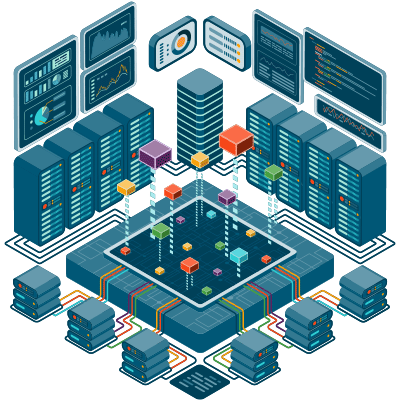
See the Power of Knowledge Graphs
Book A Demo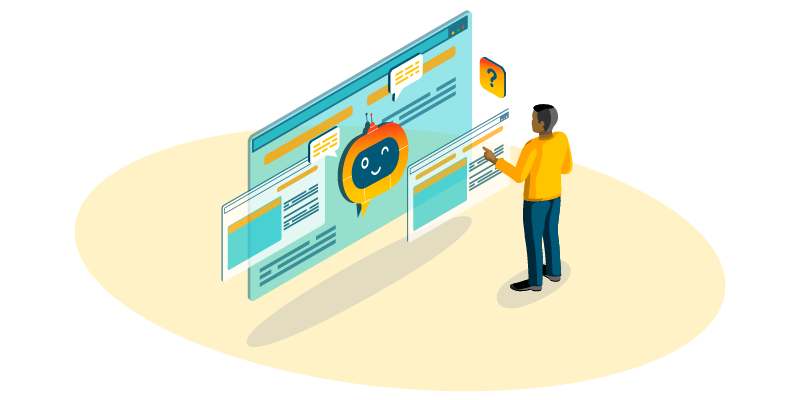
Deploy Useful Conversational Interfaces and Chatbots
Knowledge graphs enhance the richness and accuracy of conversational AI applications, including chatbots, by providing a rich data layer that provides chatbots with access to all relevant information. They work with LLMs to enable chatbots to accept natural language queries and generate accurate responses free from hallucinations.
Knowledge graphs’ ability to access data from virtually any number of disparate sources and capture complex data relationships and hierarchies within that data facilitates precise, context-aware query responses. Knowledge graph-enabled chatbots
can compute and deliver results based on aggregations and analytics not found in the source data, adapt in real time to user input, apply context-specific filtering through multihop queries across connected nodes, and increase the completeness and
accuracy of responses.
Unlimited Scalability
Altair RapidMiner addresses the scalability and implementation challenges enterprises face when adding knowledge graphs to their analytics infrastructure. The platform’s uniquely powerful horizontally and vertically-scalable massively parallel processing (MPP) database enables it to process incredibly complex queries on massive amounts of data — at scale.
Queries that run in seconds or minutes in an Altair-based infrastructure can take hours or days, or fail entirely, on a non-MPP database. This enables organizations to create much larger, much more complex knowledge graphs and ask much deeper, complex questions of data. The system can onboard data from external sources directly into memory and perform in-memory transformations.
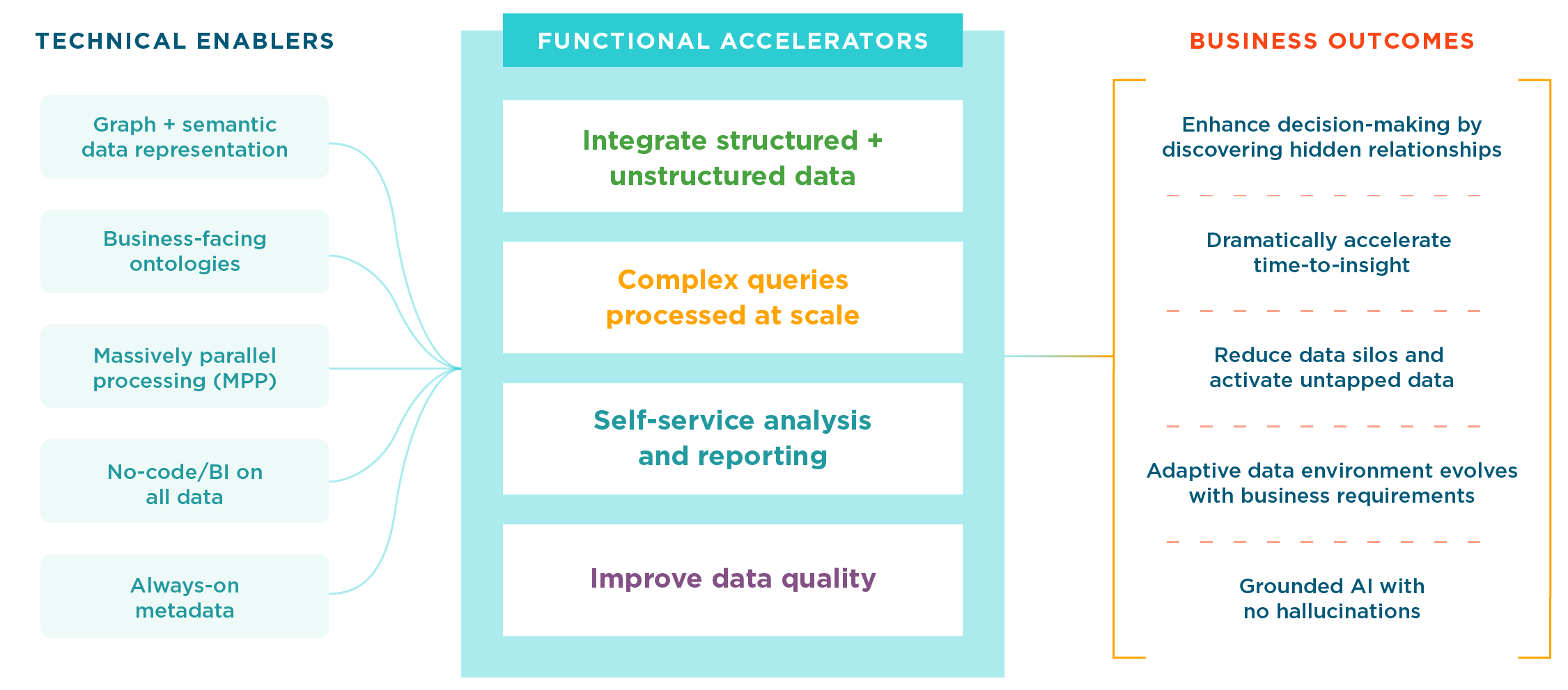
Featured Resources
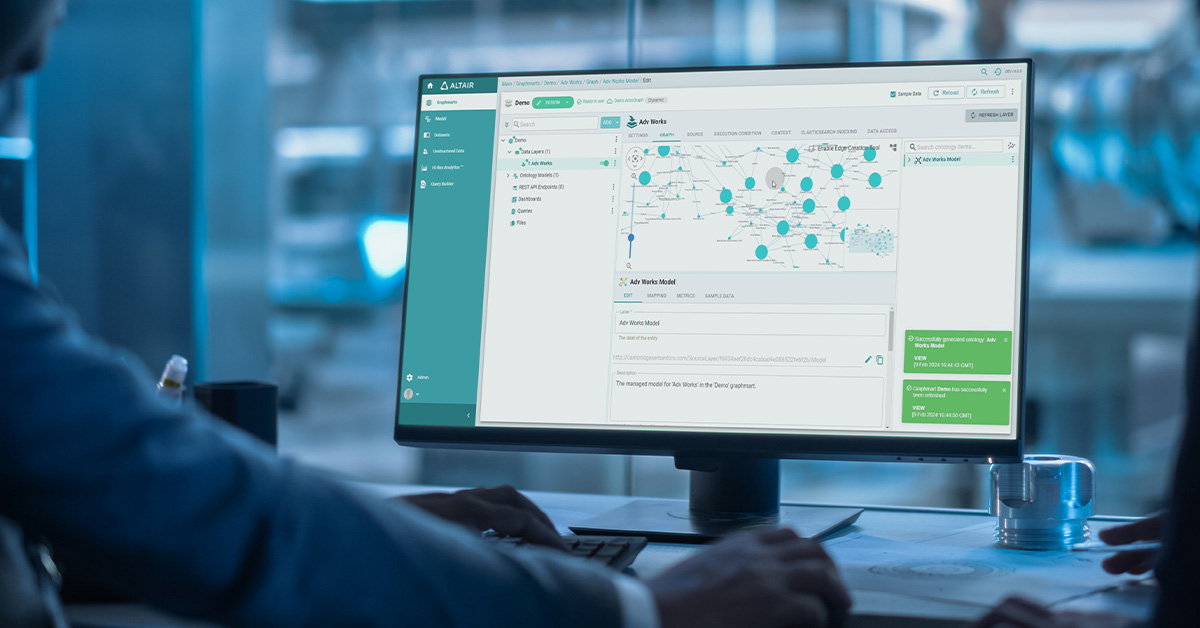
Accelerate Patient Safety with Knowledge Graphs
Data engineers, working collaboratively with safety experts, can use the Altair RapidMiner platform to build automated pipelines that integrate all available data into knowledge graphs. Systems like this support complex ad-hoc queries and sophisticated AI and machine learning workflows. Safety experts can use self-service dashboards to identify risk factors, detect and analyze signals, and produce detailed self-service automated reports at speed and scale.

4 Ways Knowledge Graphs Accelerate Data Science For The Enterprise
In today’s business climate, organizations must readily adapt to change and uncertainty. Data-driven automation, in the form of machine learning and artificial intelligence (AI), is necessary for today’s enterprises to both survive and thrive.
Data landscapes are shifting towards AI-infused automation – and organizations can’t afford to fall behind fast-moving competitors. Graph platforms expose and express relationships between data points. In many cases, they enable support for generating supplemental connections through inferences and algorithmically produced data linkages. This whitepaper will look at how semantic graph platforms are uniquely well-suited for data science projects.

Unlocking the Power of Knowledge Graphs: From Niche to Business Essential
Panel discussion presented as part of Altair's Future.Industry 2025 conference.
Moderator: Gemma Ortega Perez, Senior Manager, Solutions Marketing, Data Analytics at Altair
Panelists:
James Lawrence, Senior Semantic Engineer with Semantic Partners
Lance Paine, Semantic Engineer and Data Wrangler with Semantic Partners
Gary Jackson, Director Consulting Expert, Artificial Intelligence & Blockchain at CGI
Sean Martin, Chief Scientist, Graph Technology at Altair
Knowledge graphs are transforming how organizations manage and leverage data, moving from niche technology to a critical tool for innovation. This panel will explore:
- Why knowledge graphs are gaining mainstream adoption.
- Use cases demonstrating their transformative impact.
- How advancements in AI and accessibility accelerate their use.
- Strategies to overcome implementation and scalability challenges.
Join our experts as they share insights, real-world examples, and practical advice to help you unlock the potential of knowledge graphs in your organization.

Altair Graph Studio: Scalable Knowledge Graph Toolset
Altair Graph Studio is a comprehensive data discovery and integration toolset for the enterprise. It enables managers and workers to ask any question across all enterprise data. Unlike other data discovery and integration tools, Graph Studio applies a semantic, graph-based data fabric layer over your data infrastructure, capturing the real-world meaning of all your data sources ‐ structured and unstructured alike. Graph Studio then constructs your data into knowledge graphs at enterprise scale, eliminating data silos and enabling exciting new levels of on-demand business insight.


